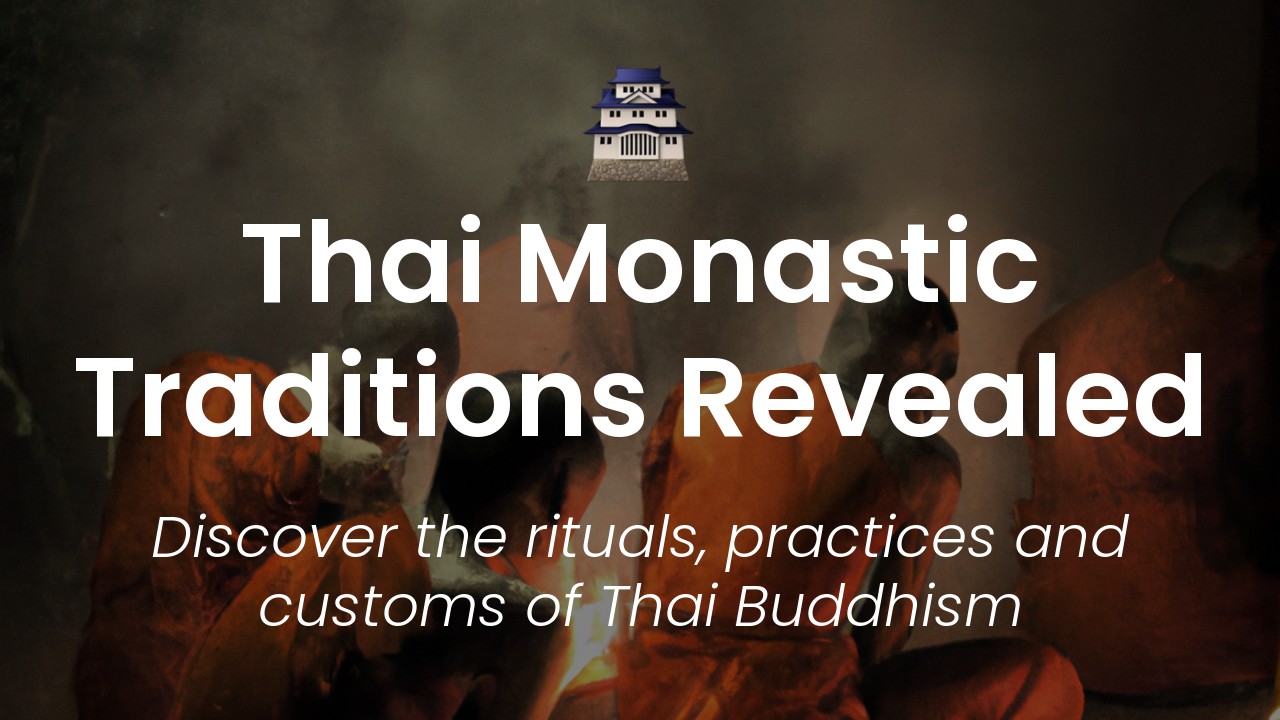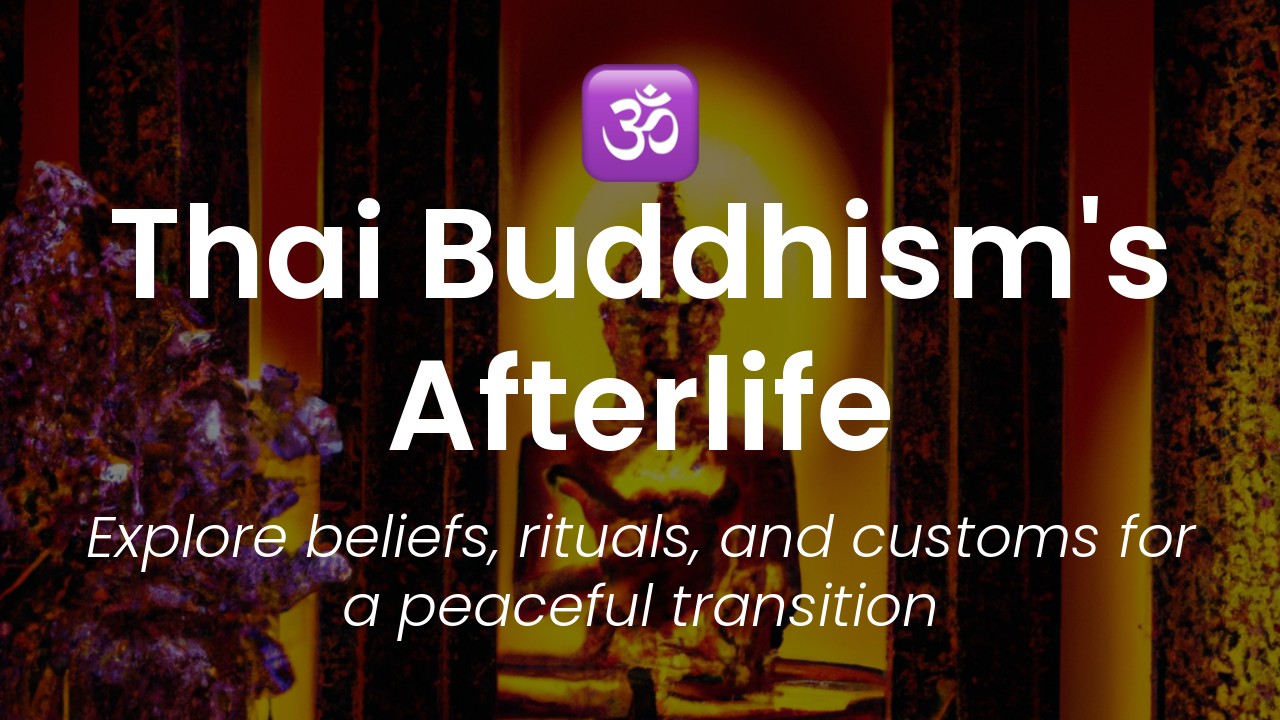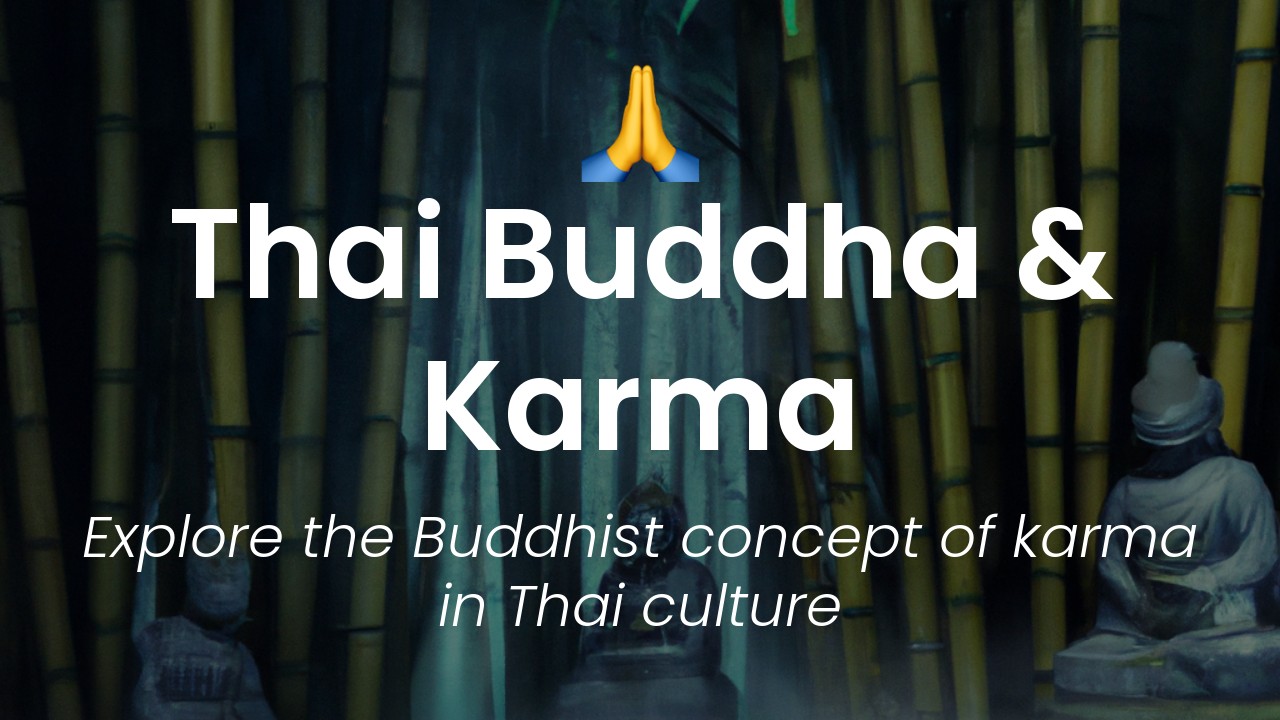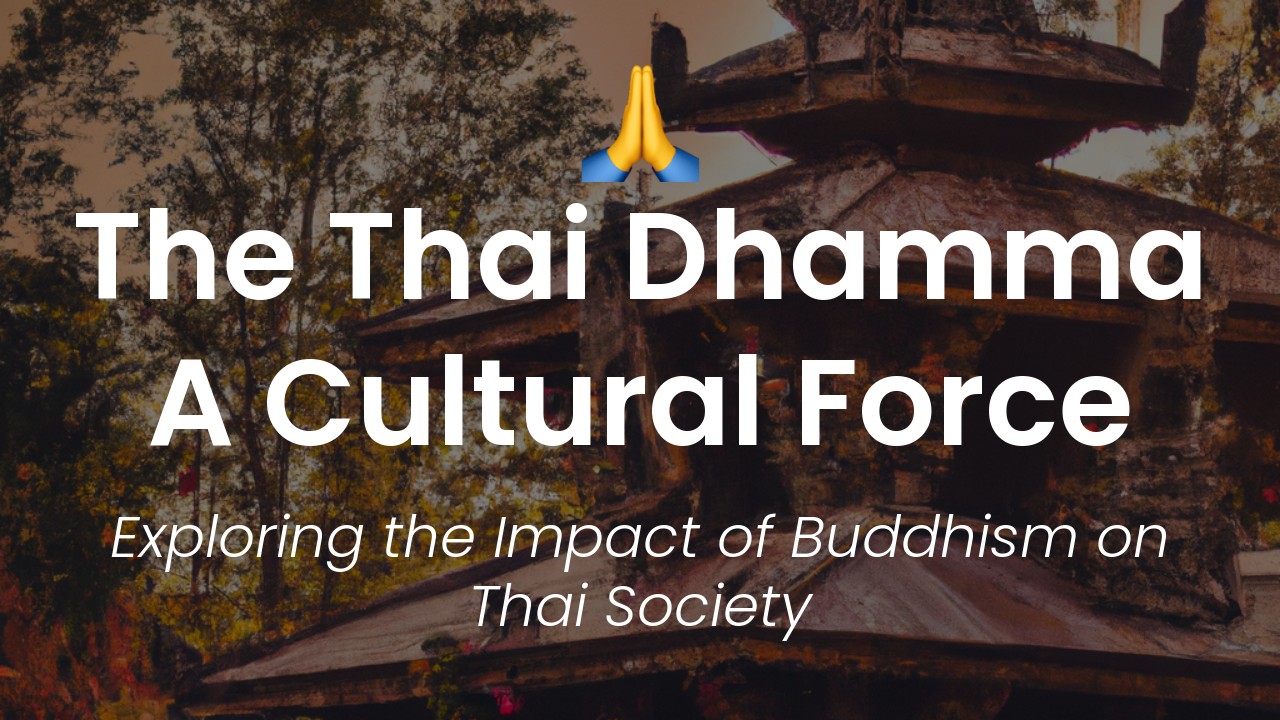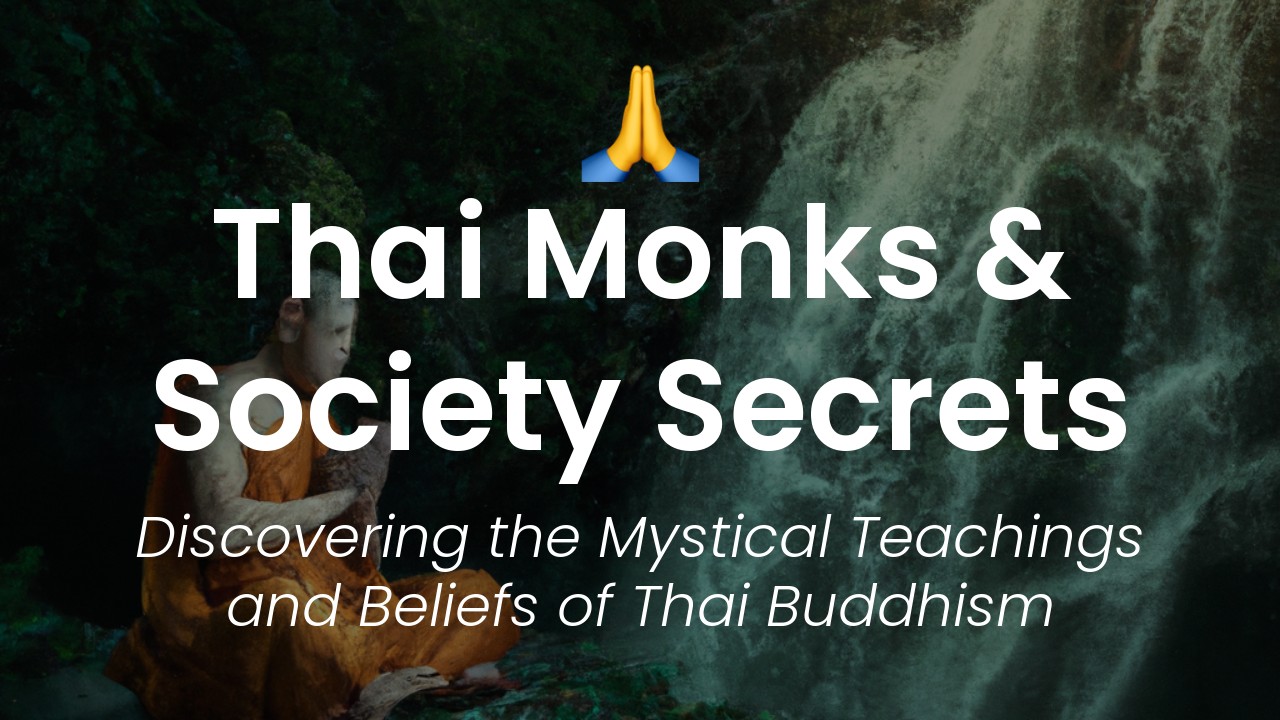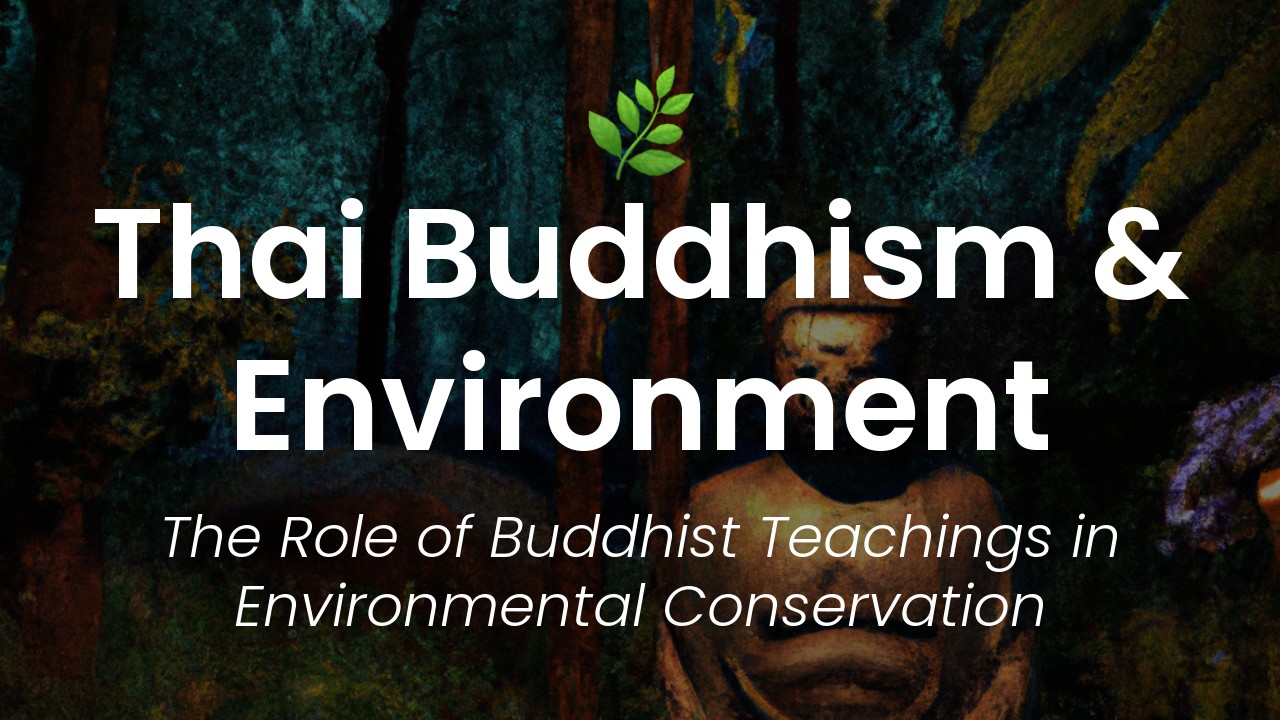As a Thai woman who grew up in a predominantly Buddhist culture, I have always been fascinated by the intricate traditions and practices surrounding the monastic way of life. Thailand is home to numerous Buddhist monasteries, each with its unique set of rules and beliefs, and unlocking the secrets of these traditions can be a challenging yet rewarding experience.
Throughout my travels across Thailand, I have had the opportunity to visit several monasteries, speak with monks and nuns, and delve deeper into the teachings of the Buddhist faith. Along the way, I have discovered some fascinating insights into the intricate rituals and practices that guide the daily lives of those who dedicate themselves to the monastic path.
In this blog post, I hope to share with you some of the most captivating aspects of Thai Buddhist monastic traditions. From the early morning alms-giving ceremonies to the intricate chanting and meditation practices, I will provide an in-depth look at the daily lives of monks and nuns and some of the key principles and beliefs that underpin their way of life. So join me on this journey as we explore the hidden treasures of Thailand's Buddhist monasteries and unlock the secrets of this intriguing and ancient tradition.
The Importance of Monasticism in Thai Buddhism
Monasticism is a critical aspect of Thai Buddhism. It is the way of life for the monks who follow their tradition to achieve spiritual awakening and ultimately, the cessation of suffering.
Thailand is known for its strong Buddhist culture, and monasticism plays a significant role in it. It is a way for men to dedicate their lives to spiritual practices, live a life that's free from worldly attachments, and cultivate mindfulness and compassion.
Life in a Thai Buddhist Monastery
Thai Buddhist monasteries, commonly known as Wats, are the central hub for monks' activities. Life in a monastery is disciplined and structured. The day begins early in the morning, around 4:00 a.m., with morning chanting and meditation.
After the morning practices, monks engage in various activities like studying Buddhist scriptures, learning Pali language, and practicing mindfulness, among others. They follow a strict schedule and do not engage in any worldly activities, such as watching TV, listening to music, or using the internet.
The Role of Meditation in Monastic Practices
Meditation is an integral part of monastic life as it helps cultivates mindfulness and calmness. Monks spend several hours each day practicing meditation, both sitting and walking.
The Thai Forest Tradition is a particular school of Buddhism that emphasizes meditation in the forest and nature. This tradition focuses on inner peace, simplicity, and developing a keen awareness of one's surroundings. It is not unusual to find monasteries in the mountains or near forests, where monks can meditate and reflect in nature.
Rituals and Ceremonies in Thai Buddhist Monastery
Thai Buddhist monasteries are known for their elaborate rituals and ceremonies that take place throughout the year. These rituals and ceremonies are an essential part of Thai culture and are intended to show respect and gratitude to the monks and the Buddha.
Some of the most significant ceremonies include:
-
Kathina Ceremony: This ceremony takes place after the end of the Vassa or Rainy season. It is a time when laypeople offer new robes and other essential items to the monks as a sign of gratitude and respect.
-
Songkran or Thai New Year: This is a highly anticipated festival celebrated in mid-April when people engage in water fights and splash water on each other as a sign of cleansing and renewal.
The Concept of Sangha in Thai Buddhism
Sangha refers to the community of Buddhist monks. It is an essential concept in Thai Buddhism as it represents the foundation of monasticism. For monks, the Sangha is not only a community, but it is also considered a great source of support and guidance.
In Thai society, the Sangha plays a crucial role in serving as a moral compass for the people. People visit monks for guidance regarding moral and ethical matters, and the Sangha is often viewed as a source of wisdom and enlightenment.
Maintaining Harmony and Spirituality in the Monastery
Harmony and spirituality are at the core of Thai monasticism. Monks live in a community, and they must develop a sense of unity and camaraderie. They also strive to maintain a peaceful and serene atmosphere, not just within the monastery but in their surroundings.
Monks focus on cultivating mindfulness, compassion, and empathy. These qualities help them maintain harmony, not just within the Sangha but also with other people.
The Future of Thai Buddhist Monasticism
The tradition of Thai Buddhist monasticism has endured and flourished over the centuries, and it is likely to continue into the future. As Thailand continues to develop economically and socially, it presents unique challenges to the Sangha.
Some of the significant challenges include the younger generation's changing interests and values, as well as the ever-increasing influence of technology and globalization. However, efforts are being made to preserve the tradition and adapt it to the changing times.
Conclusion
Thai Buddhist monasticism is a beautiful and profound tradition that has been passed down through the generations. It is a way for men to focus their lives on spiritual practices, live in harmony with others and nature, and cultivate the qualities of mindfulness, compassion, and wisdom.
In today's world, where stress and anxiety are prevalent, the teachings of monasticism can guide individuals towards inner peace and harmony. With its rich history, beautiful rituals, and profound teachings, Thai Buddhist monasticism is an essential aspect of Thailand's cultural heritage.

